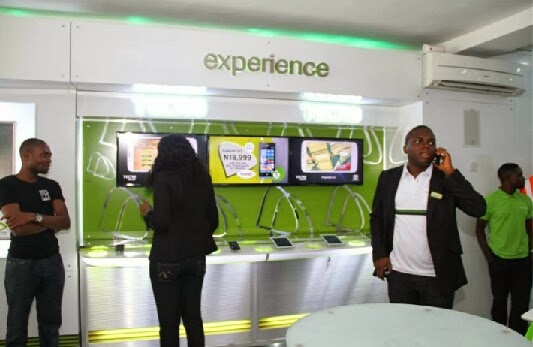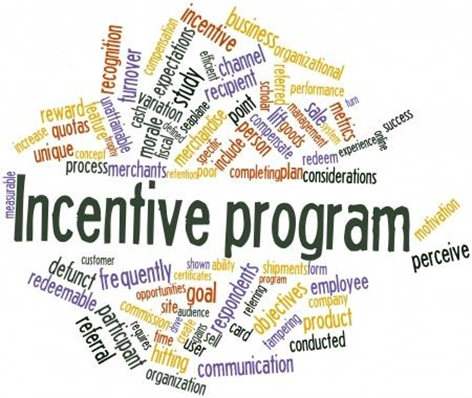The Nigerian Communications Commission, NCC, Monday, gave three Nigeria operators, MTN Nigeria, Globacom and Airtel Nigeria, seven strict instructions that must not be violated following their detoriating network quality since January 2014.
The seven laws followed a sledge hammer of N647 million sanctions which must be met before March 7, 2014.
The fine according to the commission’s Head, Media and Public Relations, Mr Reuben Muoka was specifically for failing to meet the Key Performance Indicators, KPIs, for quality of service in the month of January 2014.
The fine according to the commission’s Head, Media and Public Relations, Mr Reuben Muoka was specifically for failing to meet the Key Performance Indicators, KPIs, for quality of service in the month of January 2014.
For that, the commission also demands that the affected operators must not roll out sales promotions or sell SIM cards, in the whole of March 2014, pending when their services will improve. Conveying its disappointment over the operators’ service quality, the commission issued seven strict instructions with a stern warning that they will be implemented to the least option.
Instruction one says that “payment of the fines shall be on or before March 7, 2014”. The second commandment warns about defiance to the first law: “Failure to settle the said amount within the stipulated period, the operators shall continue to be liable to pay the sum of N2,500,000 ( Two Million, Five Hundred Thousand Naira Only) per day for as long as the contravention persist”.
The third commandment mandates the operators “to stop the sale of new SIM Cards throughout the month of March 2014, with effect from March 1 to 31, 2014”
However, the commission did not rule out the possibility of the operators trying to adopt quick measures which may not favour them and so ruled in the fourth commandment that “the Service Providers shall not churn or delete inactive or none revenue generating SIMs from their networks during the period of March 1 to 31, 2014”
Meanwhile in the fifth law, NCC directs that “Service Providers shall not supply new SIM Cards from their warehouses or other sources to its dealers or third parties throughout the period from March 1-31, 2014.
However, the commission did not rule out the possibility of the operators trying to adopt quick measures which may not favour them and so ruled in the fourth commandment that “the Service Providers shall not churn or delete inactive or none revenue generating SIMs from their networks during the period of March 1 to 31, 2014”
Meanwhile in the fifth law, NCC directs that “Service Providers shall not supply new SIM Cards from their warehouses or other sources to its dealers or third parties throughout the period from March 1-31, 2014.
Similarly, the sixth law conditions that “the Service Providers stop all promotions until the KPIs which have been identified in their respective networks are positively addressed”.
Pursuant to ensuring strict compliance, NCC in the seventh commandment advised that “any deviation or alteration of provisioning pattern, in terms of average daily number of provisioning, in the remaining days of February 2014 compared to the regular provisioning rates by the concerned service providers shall be construed as a breach to the directive”.
Pursuant to ensuring strict compliance, NCC in the seventh commandment advised that “any deviation or alteration of provisioning pattern, in terms of average daily number of provisioning, in the remaining days of February 2014 compared to the regular provisioning rates by the concerned service providers shall be construed as a breach to the directive”.
Details of the new sanction showed that Airtel Nigeria and MTN Nigeria, are to pay a fine of N185 Million each while Globacom is liable to the tune of N277,500.
The sanctions were said to have been communicated to the three operators in a letter signed by the Executive Vice Chairman of the Commission, Dr. Eugene Juwah.
The sanctions were said to have been communicated to the three operators in a letter signed by the Executive Vice Chairman of the Commission, Dr. Eugene Juwah.
Part of the letter to the affected operators, said that the Commission will carry out an audit of the three companies on March 1, 2014 and also on March 31st, 2014, to ensure that no sale of new SIM Cards takes place in any of the three networks within the period.
The letter made reference to an earlier directive of December 10, 2013, which warned the operators that “if the Quality of Service does not improve by 31st December, 2013, the Commission will be compelled to direct operators to, among others, suspend the activation of new SIMs and subscribers until such an operator can prove that it has met the Key Performance Indicators specified in the Regulations”.
According to Juwah, “ the Commission after careful collation of statistics from the Network Operating Centres, NOC, of all major networks operators for the month of January 2014, has concluded that the service provided by some of the operators during the period fell below the Key Performance Indicators published by the Commission in the Quality of Service Regulations, as amended”.
CULLED FROM VANGUARD
































